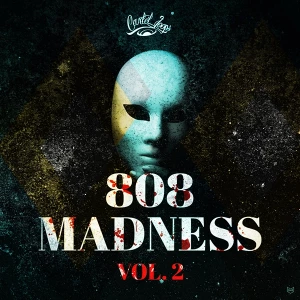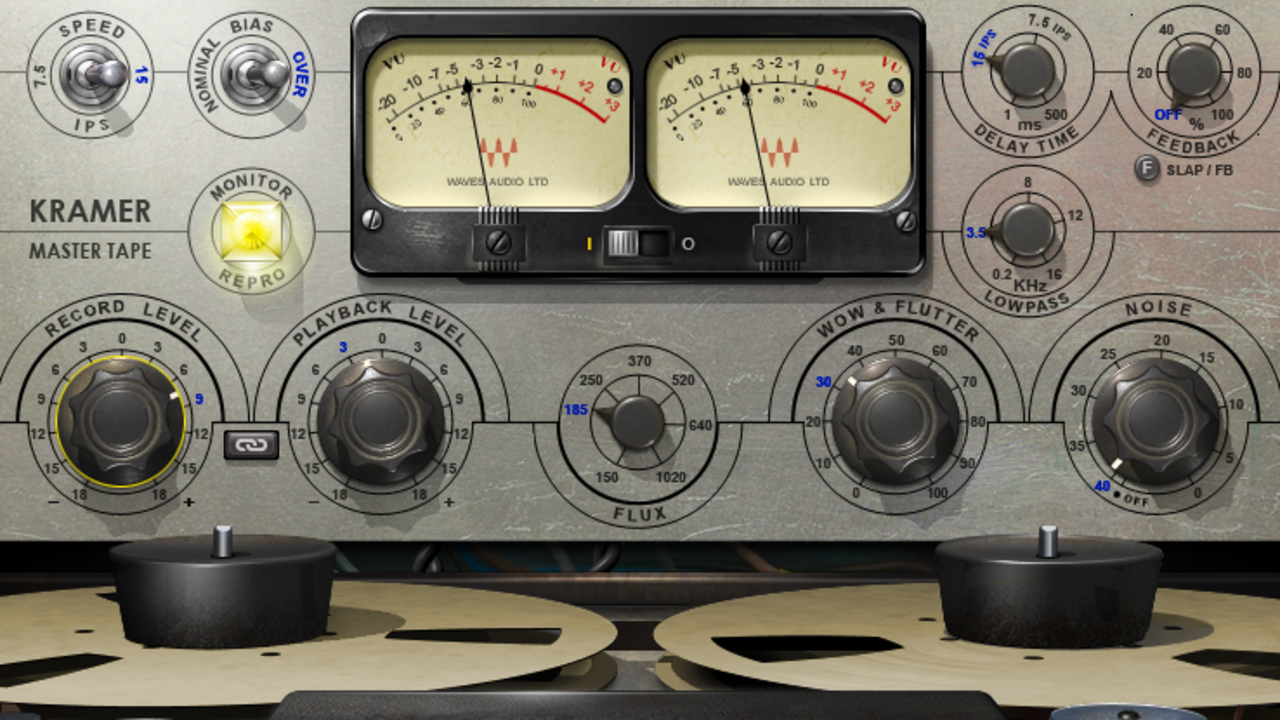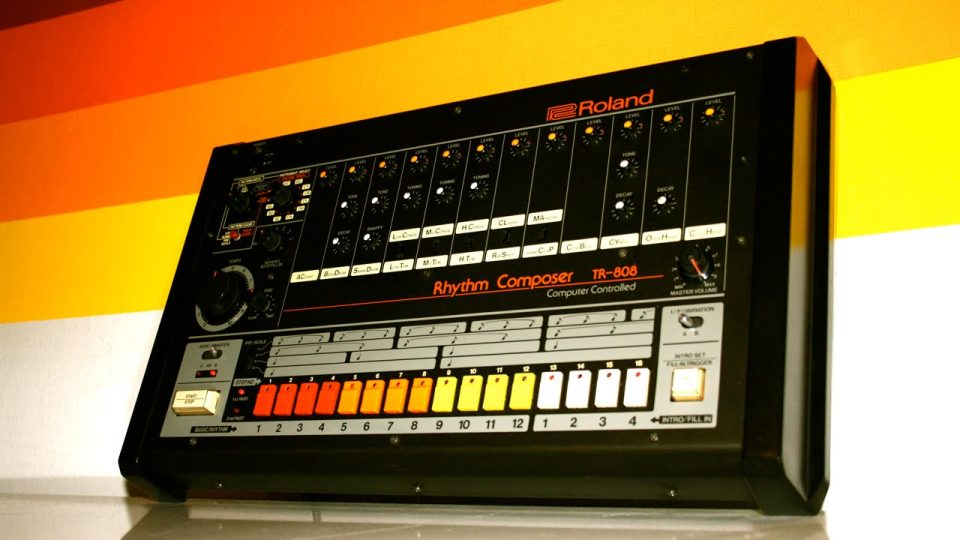How to give your 808 Basslines more Impact
One production technique that has undeniably transformed the sound of modern pop and urban music is the use of an 808 bass kick to play basslines. First popularised back in the early 0’s, it’s become the go-to method for creating rump-shaking b-lines.
In this post, we explore 5 techniques that can help elevate your 808 basslines and help them truly bang.
Selection and Tuning
Let’s kick things off with the basics. It’s always worth taking the time to source high-quality 808 samples.Building a library of top-notch 808s that can be called upon when required can help aid an efficient workflow. The editable nature of the Roland TR808 drum machine means there are endless variations of the infamous kick drum. By acquiring a selection of different 808 kick samples you will be able to mix and match them against your track to find the optimum example.
Once you’ve found a winning 808 bass sound take a little time to check that it’s in perfect tune with the rest of your track. If you’re predominantly using virtual instruments and you know that your 808 sample is tuned to concert pitch then fine-tuning shouldn’t be a concern. If however, you’re using a sample loop that may not be perfectly tuned then you should make sure the 808 is tuned to match the sample. There are tuning plugins that can help with this. If you would rather rely on your ears to tune your 808 it’s always best to tune your 808 up an octave or two. This will make pitch matching a lot easier.
Struggling to find the perfect 808s? Check out RouteNote Create where we have thousands!

Distortion and Saturation
The 808 sub-tone is by its nature a very clean and pure sound. While this works perfectly well on speakers with a good low-frequency response, 808s can be lost on systems that lack bass. This is where a touch of distortion or saturation can help your 808 basslines to be heard. It’s also an effective technique for enhancing your 808’s presence and character in a mix.
Saturation such as tape emulation can enrich the bass with warmth and fullness without compromising its low-end oomph. Distortion, when used judiciously, can help the 808 cut through dense arrangements. For example the anti-aliasing effects of Bit Rate Reduction is a type of distortion that works well on 808’s. These techniques help add a gritty texture, that can impart your tracks with added attitude and energy.

Sidechaining your 808 Basslines
Applying sidechain compression to an 808 sub-bass is an effective technique for achieving a clean and punchy mix. Sidechain compression, triggered by the kick drum, helps to create dynamic space. This is done by reducing the 808’s volume momentarily with each kick hit. This prevents the kick and bass from clashing, allowing both elements to stand out clearly. If applied liberally a rhythmic pumping effect can be achieved that enhances the groove.
Layering
Layering an 808 is an effective technique to enrich its sonic texture. By combining the deep frequencies of an 808 with additional layers, such as a higher-pitched sine wave or a mid-range fuzz bass, you can create a fuller, more complex and original sound. In addition, a rhythmic feel can be achieved by adding a clicky or percussive element to the start of your 808.
Selective processing on each layer allows for even more precise control over the final timbre of your 808’s. This approach not only enhances the character of your 808 basslines but it can also add harmonic content, which is key to making your 808’s more audible on various playback systems.

Harmonics
We have already touched upon the importance of Harmonics but they really are the key to giving your basslines added presence. The term harmonics when applied to an 808 bass refers to the subtle addition of an extra layered higher-pitched note or notes. Dedicated plugins such as harmonisers can be useful tools as they allow you to audition and add different harmonic values in real-time.
Alternatively, you can add harmonics through either layering of your 808 samples or by creating additional tracks in your DAW. Duplicate the MIDI of your 808 bassline, pitching up the notes in order to create an optimum harmonic effect. The great thing about this technique is you have the power to process each signal independently. You can even automate the volume of the harmonic layer(s). Just be aware that you may encounter some phasing issues when applying harmonics this way.
Remember – RouteNote Create subscriptions start from as little as $2.99. You also get 10 FREE credits to spend on samples along with access to our FREE sample pack bundle when you sign-up!
